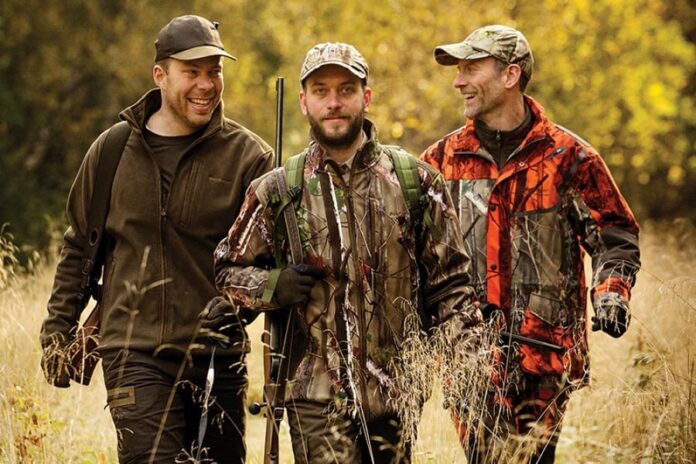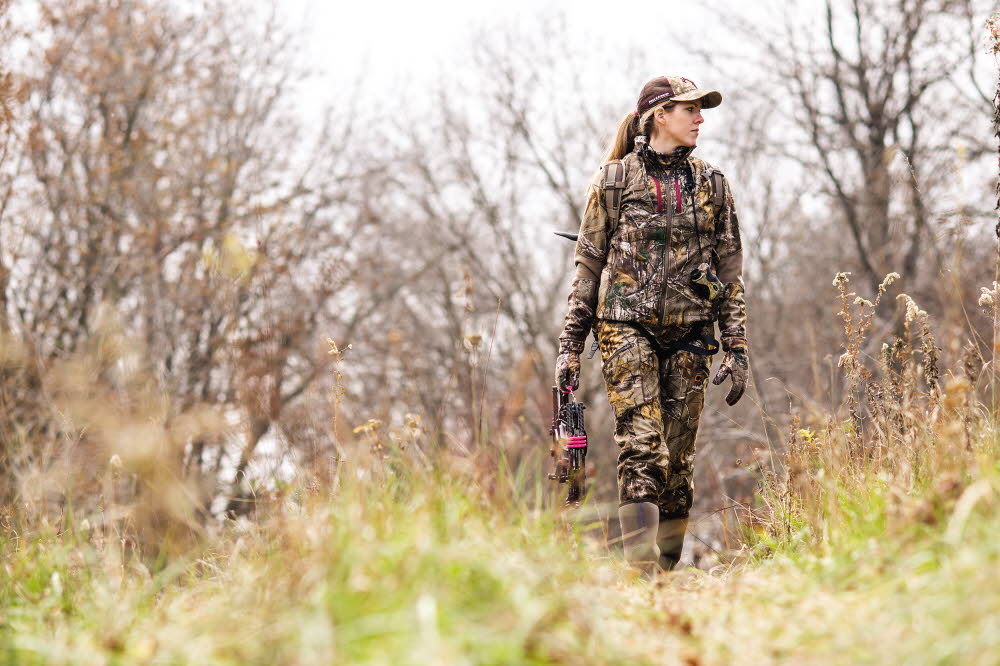Summer season hunts can occasionally be downright awful. You need the proper hunting equipment on your side to ensure that the conditions don’t ruin your fun, from a lot of bugs to extremely hot temperatures. If you don’t already have a nice set of hot weather hunting clothes, purchasing high-quality, lightweight gear should be one of your top priorities. Additionally, price does not always equate to quality. As you anticipate getting back in the tree stand or chasing deer, take a look at these few things to keep in mind.
Base Layer
The only time cotton camouflage T-shirts, button-ups, and six-pocket military-style pants are appropriate are during the early seasons. There is no lack of cotton products available, which also explains why there are so many hypothermic hunters as genuine fall approaches with its chilly days, wind, and icy showers, or simply on an evening ATV ride after a strenuous trek. Cotton dries slowly but is reasonably effective at wicking away body moisture. Any breeze can make your clothing become a portable evaporative cooler, which can be useful when it’s especially hot outside.
In contemporary outdoor apparel, moisture control has taken centre stage. While cotton might help you stay cool, it can also make you feel clammy or sticky and limit your range of motion when navigating deadfalls or steep terrain. Modern base layers made of polyester are made expressly to drain moisture away from the skin and send it elsewhere where it can dry. From the inside out, everything comes down to differing material densities.
In order to prevent odours from humans at their source, many base layers now contain antibacterial agents. Natural antibacterial properties are present in merino wool. These agents are woven into the fibres of the fabric so that they last for the duration of the garment’s life. The importance of odor control increases as we go several days into a backpacking or wilderness hunt without a shower, or even after a hot day of trekking in humid weather.
Airy clothes
Mesh-based 3-D costumes worn over shorts in extremely hot weather provide you an advantage in concealing and also provide airy coolness. There are numerous manufacturers who sell light clothing made of “jersey” or with numerous vents. Even warm-weather alternatives with incorporated insect repellents are available in locations where ticks are a problem.
Unexpected weather conditions
A surprise thunderstorm can nevertheless briefly cool things off even when scorching weather is the norm. In August and September, anything could happen, such as chilly showers or even an early snowfall in areas with an alpine climate. Any eventuality must be anticipated by the hunter. The secret to comfort in drastically changing weather is smart layering.
Things have a habit of becoming misplaced inside our packs as we move through hunting seasons. Sometimes they find a tiny space to hide, and we simply lose sight of them. Before we know it, we are carrying more than we need since we have additional items in our packs that were probably for hunts we went on in cooler weather. Prior to these hunts in the sweltering heat, make sure to go through your pack and remove anything superfluous.



















